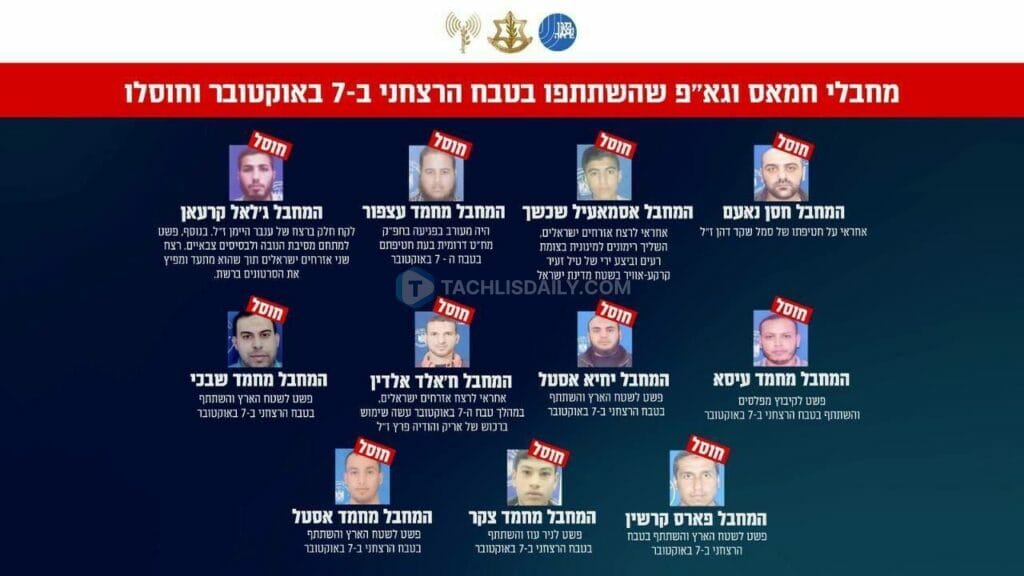The mission to get humanitarian aid to Gaza via the temporary pier, which the military calls Joint Logistics Over-the-Shore, or JLOTS, has ended, the deputy commander of U.S. Central Command told the news media today.
Aid will now flow to Gaza from U.S. vessels that sail from Cyprus to Ashdod, Israel, and then trucked into the northern Gaza border crossing with Israel, Cooper said.
U.S. officials have said no U.S. boots will be on the ground in Gaza. This effort is being done in consultation with and approval from the Israeli government and is being led by the U.S. Agency for International Development, he said.
“Our assessment is that the temporary pier has achieved its intended effect to surge a very high volume of aid into Gaza and ensure that aid reaches the civilians in Gaza in a quick manner,” Cooper said, noting that nearly 20 million pounds of aid have been delivered through the pier in a cost-effective manner. The pier provided an essential supplemental route for aid into Gaza at a critical time when other routes were challenged. If not delivered via the pier, this critical aid would likely not have been able to reach the people of Gaza in acute need, he said.
However, the most effective and efficient way to get aid in Gaza is through the land routes, so now, the maritime surge mission is transitioning from a temporary pier in Gaza to the Port of Ashdod, Israel, he said, adding that Israel has been fully supportive of this effort.
“In the coming weeks, we expect that millions of pounds of aid will enter into Gaza via this new pathway,” the admiral said.
Centcom has been executing operations to support USAID and international community humanitarian relief efforts in Gaza since March.
Sonali Korde, assistant to the administrator of the USAID’s Bureau for Humanitarian Assistance, said what’s needed most is a ceasefire and bringing the hostages home so that the urgently needed assistance can be delivered to the most vulnerable people of Gaza in an expeditious manner.











